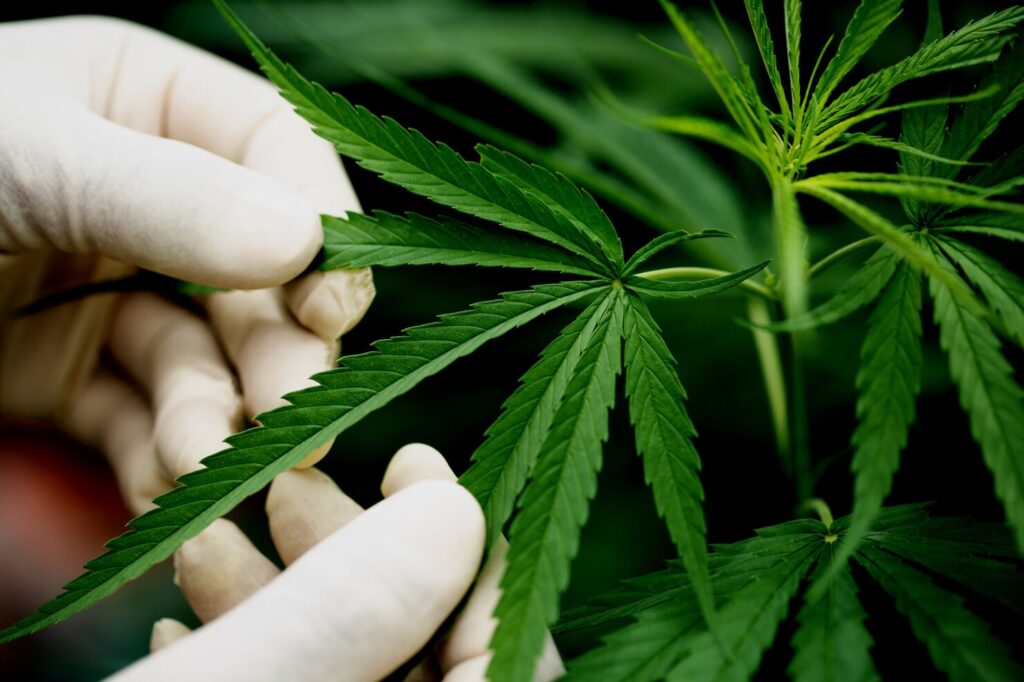Cannabis Sativa has been a subject of fascination and debate across various cultures and industries due to its distinctive properties and potential benefits. This article delves into the most common inquiries surrounding Cannabis Sativa, offering a detailed exploration of its characteristics, applications, and the legal landscape that surrounds it. By addressing these questions, we aim to provide a comprehensive guide that enlightens readers about the nuances of this plant species and its impact on health, industry, and society.

What Are the Key Characteristics of Cannabis Sativa?
Cannabis Sativa is a plant species renowned for its tall growth, narrow leaves, and adaptability to various climates, primarily thriving in warm, equatorial regions. It distinguishes itself from its cousin, Cannabis Indica, through several botanical and physiological traits that influence its cultivation, effects, and applications. Here’s an in-depth look at the key characteristics of Cannabis Sativa:
- Botanical Description: Sativa plants can tower up to 20 feet, featuring elongated stems and light green, slender leaves. This section outlines the plant’s distinctive growth pattern, emphasizing its adaptability and the factors influencing its development.
- Chemical Composition: Dominated by cannabinoids like THC (Tetrahydrocannabinol) and CBD (Cannabidiol), Cannabis Sativa’s chemical profile is pivotal in its effects on the human body, ranging from psychoactive to therapeutic benefits. A breakdown of its cannabinoids sheds light on their roles and potential health applications.
- Cultivation Techniques: The optimal growth of Sativa requires specific cultivation practices. This part discusses the ideal conditions, including lighting, soil pH, and watering schedules, essential for maximizing yield and potency.
- Industrial and Medicinal Uses: Beyond recreational use, Sativa is valued for its seeds, fiber, and oil, contributing to industries such as textiles, nutrition, and medicine. This segment explores its versatility and the emerging trends in Sativa applications.
- Legal Perspectives: With a shifting legal landscape, understanding the regulatory status of Sativa is crucial for consumers and producers alike. This paragraph provides an overview of its legality across different jurisdictions and the implications for its use and distribution.
- Comparative Analysis with Cannabis Indica: Highlighting the differences between Sativa and Indica, this section elaborates on their distinct effects, cultivation needs, and consumer preferences, offering insights into their unique attributes.
- Environmental Impact and Sustainability: The cultivation of Sativa carries environmental implications. This part examines the ecological benefits and challenges of growing Sativa, emphasizing sustainable practices and their importance.
- Market Trends and Future Prospects: As research evolves, so does the market potential of Sativa. This paragraph forecasts future trends, including genetic engineering and global market expansion, underlining the growing interest and investment in this area.
- Challenges and Controversies: Despite its benefits, Sativa faces challenges, from legal restrictions to social stigma. Addressing these issues, this section calls for informed discussions and policies that consider its potential and risks.
How Does Cannabis Sativa Affect the Human Body?
Cannabis Sativa interacts with the human body in multifaceted ways, primarily through the endocannabinoid system (ECS), a complex network of receptors that play a key role in regulating physiological processes. The effects of Cannabis Sativa are diverse, ranging from psychoactive to therapeutic outcomes, depending on the composition of cannabinoids and the individual’s biology. This section explores how Cannabis Sativa influences mood, cognition, physical health, and its potential medicinal benefits and side effects.
Psychoactive Effects: THC, the primary psychoactive component in Cannabis Sativa, binds to cannabinoid receptors in the brain, altering mood, perception, and cognitive functions. This segment explains the mechanisms behind the euphoria, heightened sensory perception, and altered state of consciousness associated with THC.
Therapeutic Benefits: CBD, another significant cannabinoid found in Cannabis Sativa, has garnered attention for its potential health benefits without the psychoactive effects of THC. This part delves into the research supporting CBD’s role in managing anxiety, pain, inflammation, and neurological disorders, highlighting its therapeutic potential.
Physical Health Impacts: The consumption of Cannabis Sativa can have both positive and negative effects on physical health. This paragraph addresses the cardiovascular, respiratory, and neurological implications, offering a balanced perspective on its health impacts.
Medicinal Applications: With ongoing research, the medicinal applications of Cannabis Sativa continue to expand. This section focuses on its use in treating chronic conditions, such as epilepsy, multiple sclerosis, and chemotherapy-induced nausea, underscoring the scientific evidence and clinical trials that back its medical use.
Side Effects and Risks: While Cannabis Sativa offers numerous benefits, it’s also associated with potential side effects and risks. This part discusses the short-term and long-term effects, including dependency, mental health risks, and the importance of dosage and method of consumption in mitigating these risks.
Regulatory and Legal Considerations: The legal status of Cannabis Sativa significantly affects its accessibility for medicinal purposes. This paragraph examines the regulatory landscape, prescription guidelines, and the challenges faced by patients and healthcare providers in navigating these regulations.
Patient Testimonials and Case Studies: Personal experiences and clinical case studies provide valuable insights into the real-world impacts of Cannabis Sativa on human health. This section highlights stories of individuals who have benefited from its use, offering a personal perspective on its therapeutic potential.
Conclusion
Cannabis Sativa embodies a complex interplay of botanical characteristics, chemical compositions, and cultural significance. Its impact on health, industry, and legal systems underscores the evolving perceptions and applications of this ancient plant. As society continues to explore the potential of Sativa, informed discussions, grounded in scientific research and compassionate consideration of its uses, are essential. This article aims to contribute to a deeper understanding of Cannabis Sativa, encouraging readers to consider its implications with an open mind and a critical eye.




